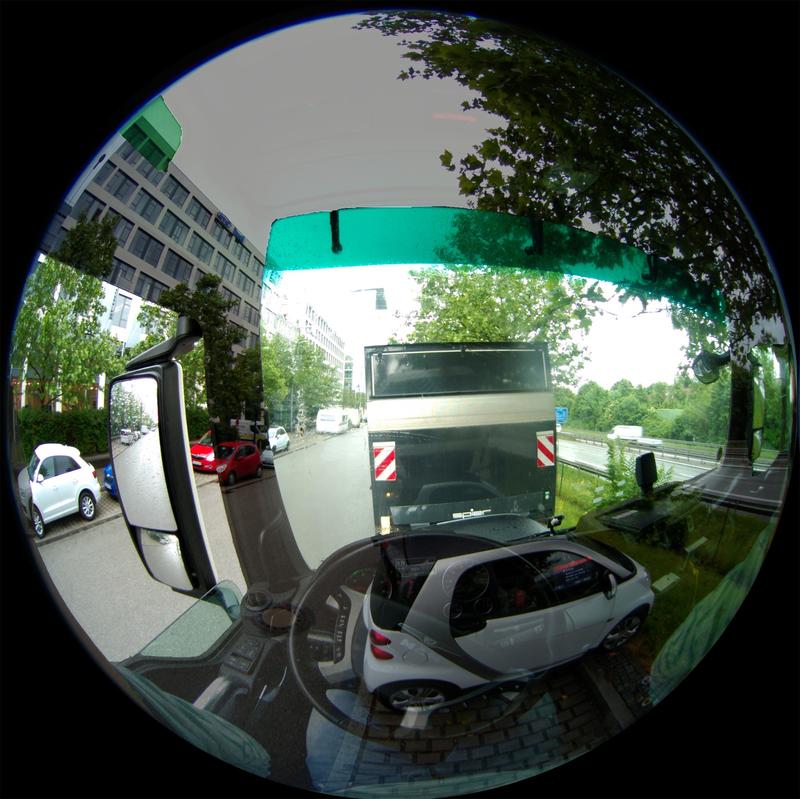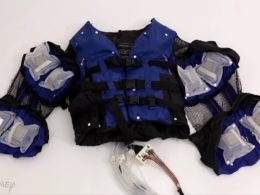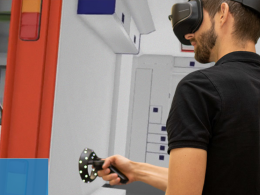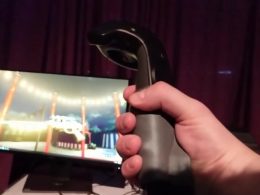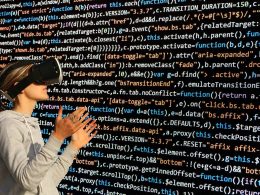Parking assistance systems are now widespread. Nevertheless, manoeuvring accidents still occur in cars and lorries, mainly due to the vehicle's blind spots. The Fraunhofer IOSB is therefore conducting research with VR on the "transparent cockpit". A study has shown that this technology can actually help drivers.
Until now, drivers have often overlooked obstacles or relied too much on the existing assistance systems. For lorries with trailers in particular, it is only possible to see the relevant surroundings using additional mirrors. Even objects directly in front of the vehicle can only be seen indirectly. This is a potential source of error and increases reaction times.
Vehicles become transparent
Daniel Reichert therefore wrote his master's thesis at the Fraunhofer Institute of Optronics, System Technologies and Image Exploitation IOSB designed, implemented and evaluated an innovative vehicle assistance system for manoeuvring trucks in collaboration with the company Rio. Daniel Secker then developed and tested a real-time system for cars as part of his master's thesis. Using virtual reality glasses and stereo cameras, it makes the vehicle transparent, so to speak, so that the driver can see all obstacles directly and three-dimensionally in their real position.
Strictly speaking, the system creates an augmented reality representation, an overlay of the normal driver's perspective with a virtual view generated by a computer on the basis of the camera recordings.
Intuitive visualisation through camera shots and VR
The transparent cockpit, on the other hand, is designed to enable intuitive visualisation. An algorithm uses the camera images to recognise the position of objects in the room and first colours them orange and then red if they come dangerously close.
In a user study, Secker asked 15 test subjects to reverse park a car - with and without the VR glasses. Cardboard boxes were used as obstacles. The result: the glasses actually enabled the drivers to estimate the distance better, but only by highlighting the obstacles in colour. The VR glasses alone did not lead to the desired effect.
However, the virtual reality goggles used are too bulky for a truly practical system, as Secker himself emphasises. "We would need practical VR or even augmented reality goggles for this." The latter could be worn permanently by the driver like normal glasses; the virtual display levels would only be shown during manoeuvres. "Unfortunately, the models available today still have too narrow a field of vision for this," says Secker.
What a transparent cockpit can look like is also shown in the Video which was created as part of Daniel Reichert's Master's thesis.
Source: innovations-report





